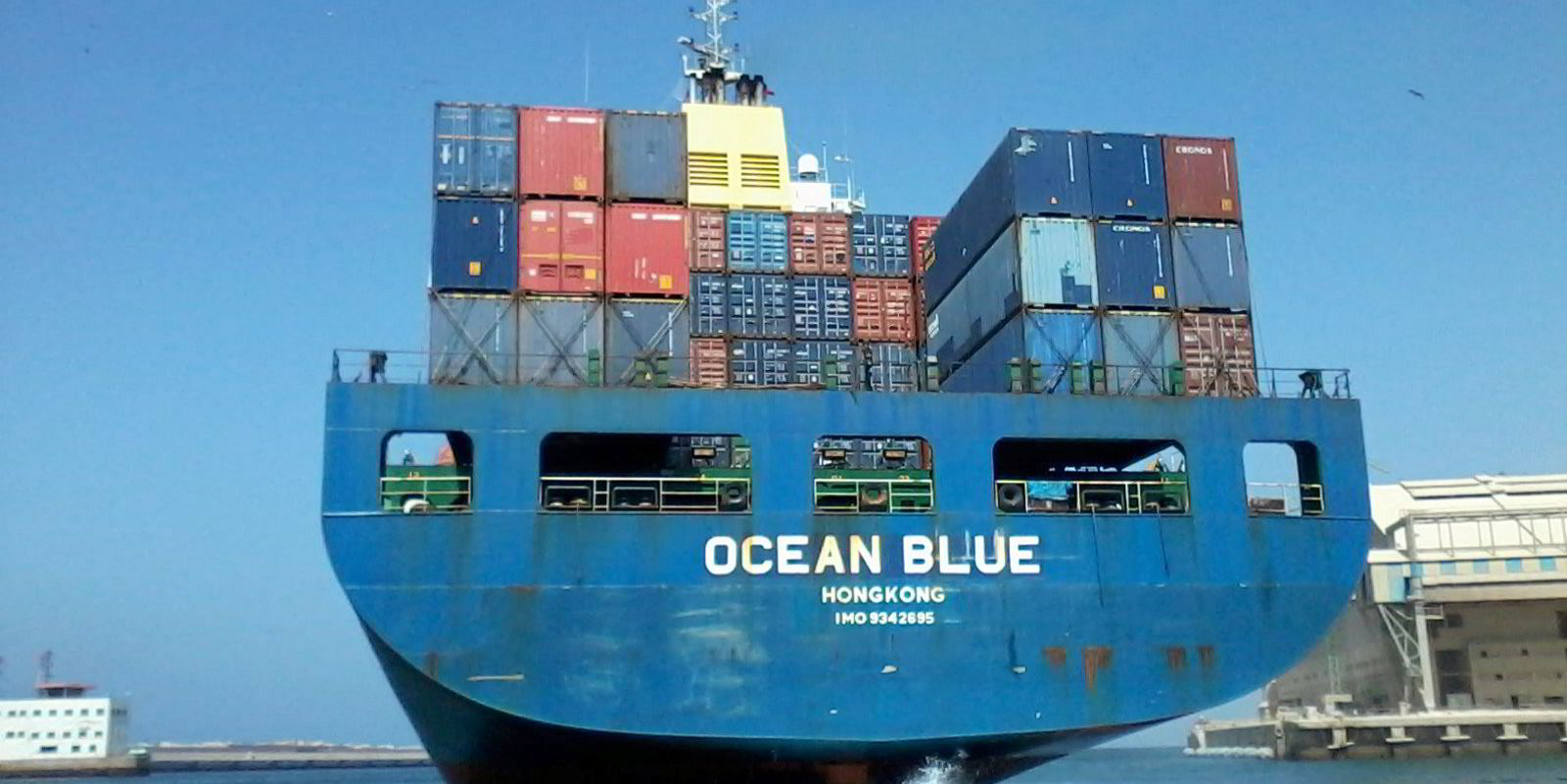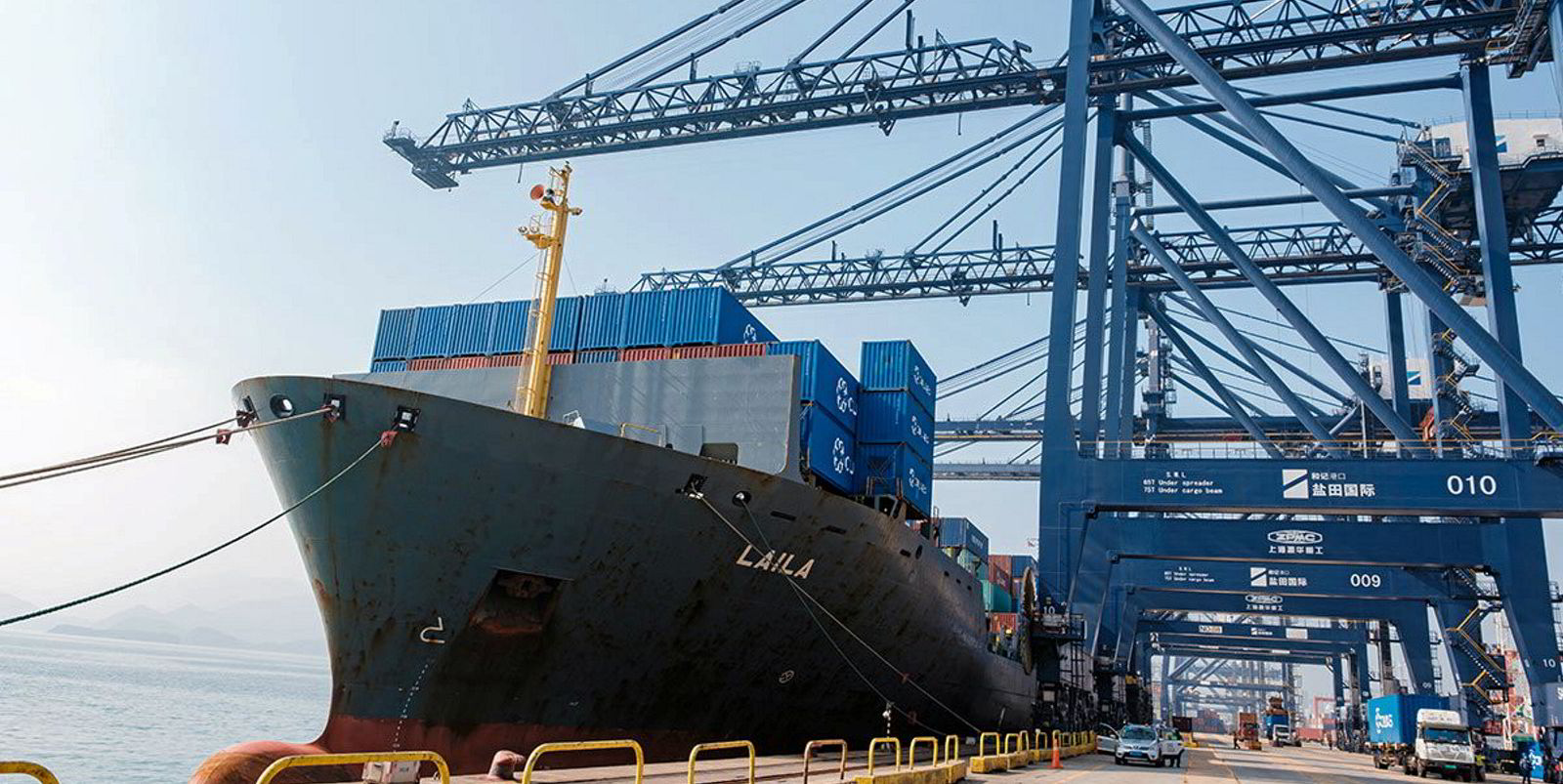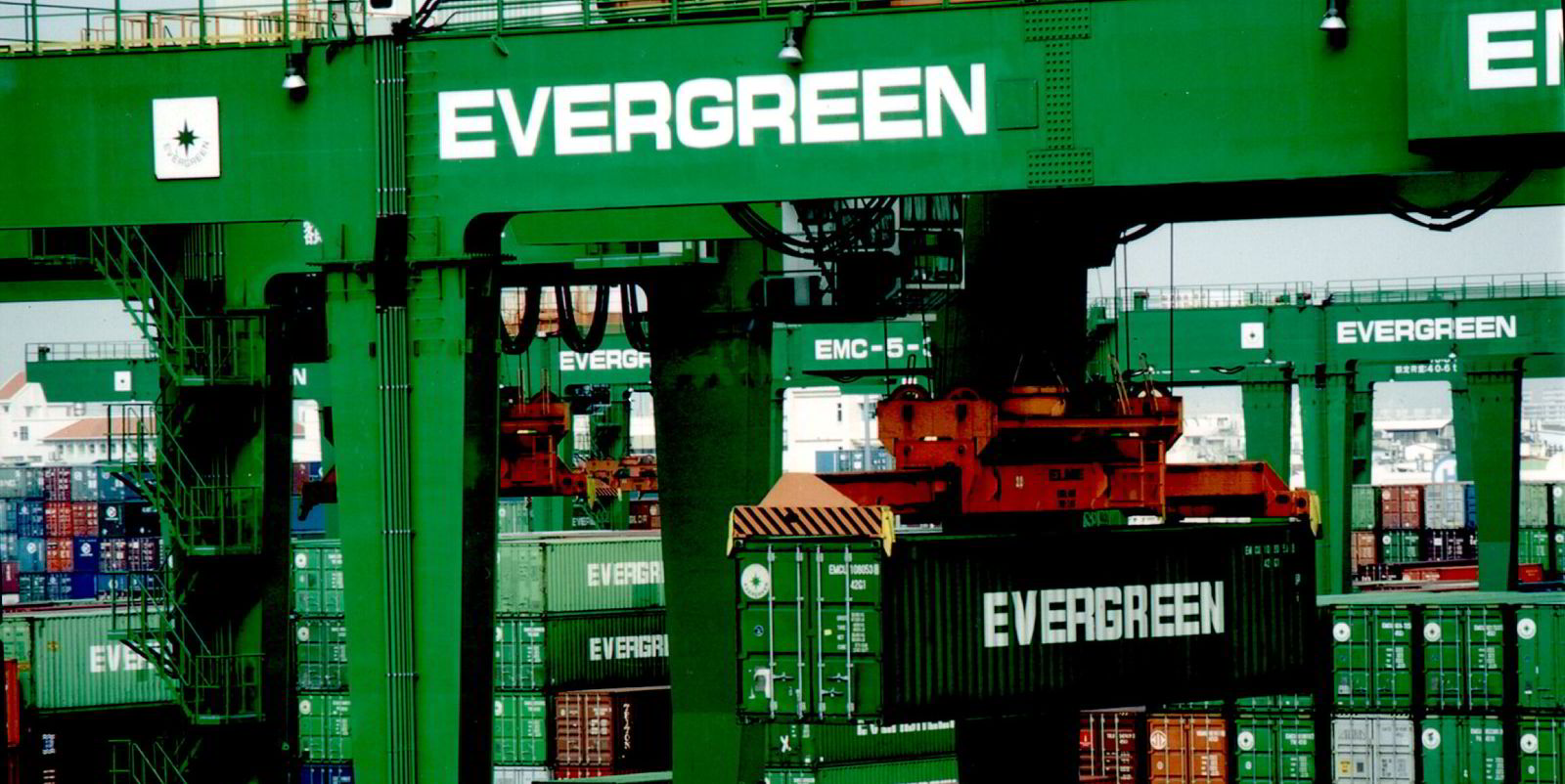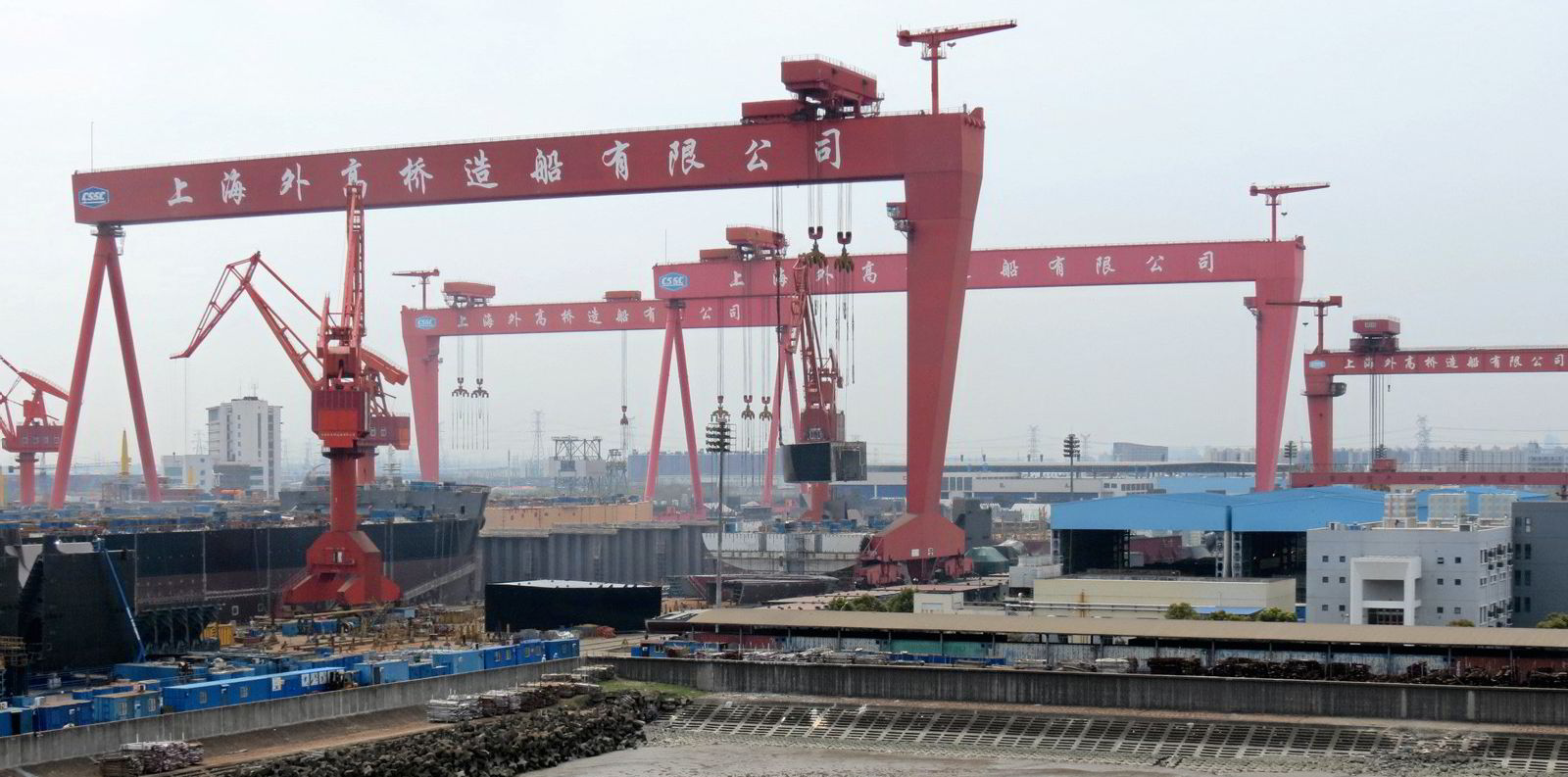The boxship charter market is changing. Talk of the “highest-ever charter rate” of $160,000 per day may have grabbed the limelight in recent days.
But look beyond the astronomical charter rate, and something more enduring is taking place.
The container charter market is undergoing a structural shift that will change it for good, chartering sources said.
The entrance of new players paying top dollar for short-term fixtures merely casts a veil over a more sustained shift towards longer charters.
Turned on its head
Containerships are increasingly being locked in by charterers for periods of several years.
That is turning the chartering practices of the past 12 years on their head.
Since the financial crisis, tonnage providers have become accustomed to short and flexible charter periods.
Charters of between six months and one year prevailed. Anything longer was uncommon.
A glance at fixtures lists today shows that owners are reluctant to opt for anything under three years. Some are tempted by the prospect of a short-term bonanza on rates with six-digit numbers on offer.
But generally the shift is towards longer charters, with $100m deals emerging.
That includes the 6,966-teu RDO Concord (built 2009) taken by German operator Hapag-Lloyd for five years at $55,000 per day.
The trend is reflected in the German-produced New ConTex, which hit a new all-time high this week of 2,189 points.
The index measures fixtures from 1,100 teu to 6,500 teu for a maximum of two years.
Such periods have suddenly become difficult to find, making the index difficult to evaluate.
Longer deals are also prevalent in the market for smaller vessels.
Ships of 2,000 teu up to 3,000 teu are earning $30,000 per day for three years.
It is expected that feeders of 1,100 teu to 1,700 teu could be next to follow the trend.
Far-reaching implications
The structural shift has wide-ranging implications for the charter market.
Longer charters are sucking up tonnage that lines would normally have expected to come open next year.
That has led some liner operators to secure tonnage from the secondhand market.
The shift to longer fixtures may also develop new chartering practices such as creating a secondary market for chartering vessels, observers said.
While relets are an everyday practice in the tanker and dry bulk sectors, they have never played much of a role in container shipping markets.
Most of the ships taken in recent months for longer periods are being fixed by established liner players.
Shipowners are willing to fix with new chartering names for short charters to capitalise on the phenomenal rates.
Counterparty risk
That has led to a widening spread between rates in the short and long-term market.
The 2,824-teu Nasia (built 2005) is said to have been taken for $90,000 per day for 45 days by Vasi Shipping of Singapore.
That compares with $33,000 per day for the 2,824-teu sistership AS Carelia (built 2006), which Germany’s Hapag-Lloyd has secured for three years.
There is even talk of such ships being fixed for short periods at $125,000 per day.

Few of the newer players to the charter market appear to be taking vessels for extended multi-year charter periods.
That may be partly down to growing concern over perceived counterparty risk.
Chartering sources expressed worries that a sudden drop in the market could leave newer operators with vessels on charter that they do not need.
That would be damaging if it happened from 2022 onwards when many newbuildings are delivered.
Old ships in vogue
A saving grace for tonnage providers could be stringent environmental laws that could force older ships into demolition.
That does not look like happening any time soon.
The average age of a ship sold increased from 12 to 14 years in the first half of 2021, according to Alphaliner.
It added that vessels built in the 1990s remained in vogue in the first six months, with three ships over 25 years old sold to Mediterranean Shipping Co, Regional Container Lines and Tehama Shipping.
Ultimately, the booming freight rates have been a consequence of congestion at ports and changing consumer habits resulting from the Covid-19 pandemic.
That will change if and when the pandemic is brought under control. By then, though, the boxship charter market will look a very different animal.










